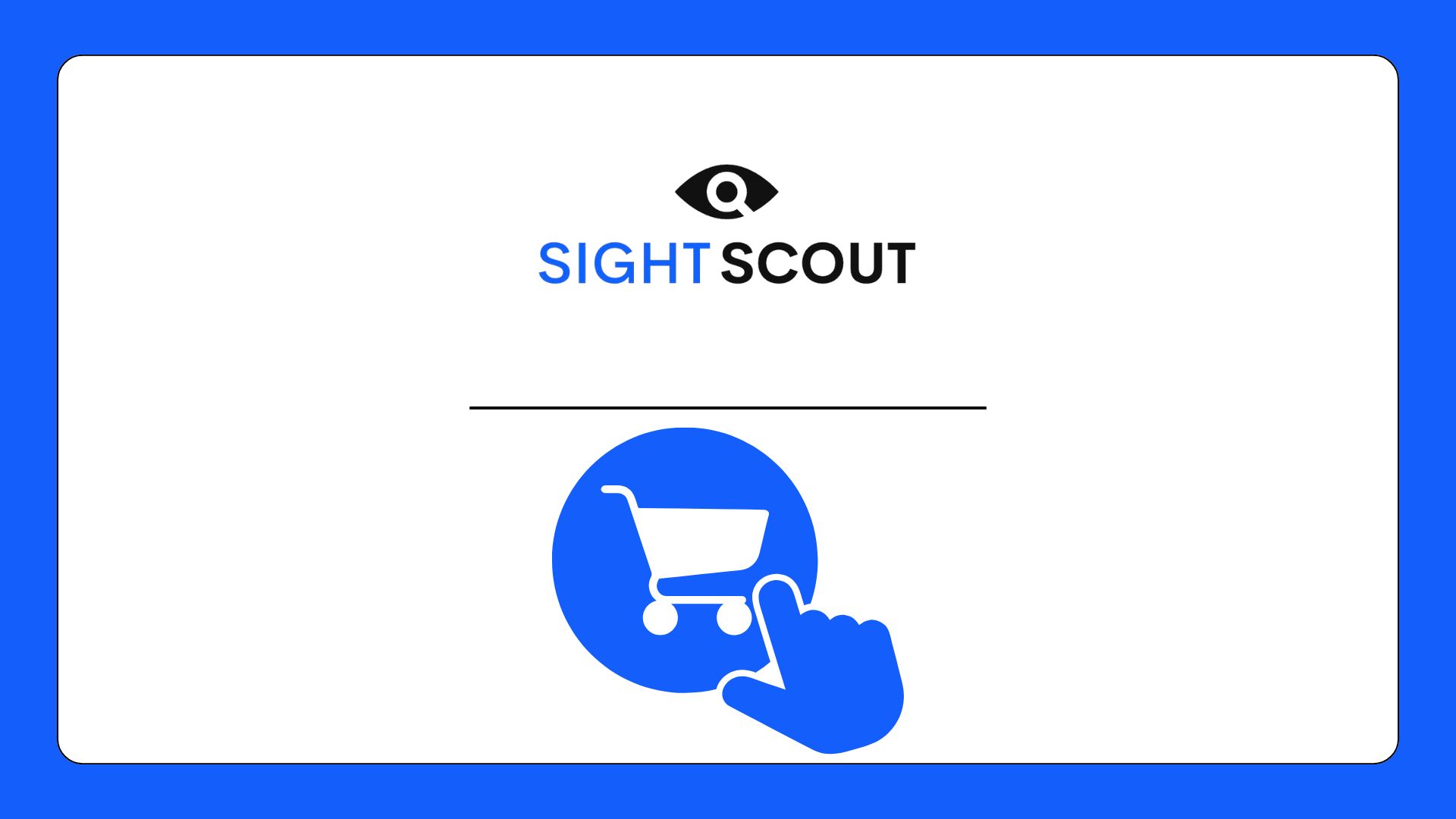Image Search Product API: Changing The Way We Shop

Businesses are always looking for new and inventive ways to improve the shopping experiences of their customers in the fiercely competitive world of e-commerce. The emergence of an Image Search Product API, which is transforming online purchasing, is among the most exciting advancements in this field. SightScout API is a potent tool that is at the forefront of this technology and was created to enhance e-commerce platforms.
Implementation of SightScout API for Online Retailers
While the benefits of visual search technology are clear, the process of implementing an Image Search Product API into an existing e-commerce platform may seem daunting. However, one of the biggest strengths of SightScout API is its developer-friendly design, which ensures that the integration process is smooth and efficient, regardless of the size or complexity of the retailer’s platform.
Implementing the API is a relatively straightforward process, thanks to its well-documented API architecture and comprehensive developer support. Here’s a breakdown of the typical steps involved in integrating the API:
- The first step for businesses looking to integrate SightScout is to register for API access. Once registered, developers will receive API keys that allow them to authenticate and connect to the servers. The API is built using RESTful principles, ensuring that it can be easily integrated with any web-based or mobile platform.
- Image Upload and Processing
- Once the API is connected, retailers can implement the image upload functionality on their platform. Users can then upload product images directly through a website or mobile app. The API processes the uploaded image in real time, analyzing its features and comparing it to the retailer’s product catalog.
- The next step involves displaying the search results. SightScout’s API allows businesses to customize how results are displayed, whether through a grid layout, list view, or carousel format. These results can include relevant products that match the image, along with product details, prices, and links to product pages.
Endpoints
Save Record or Asset in Index: Adds or changes entries to the index. Records without an objectID are automatically assigned one by SightScout. If you provide an existing objectID, all other characteristics are completely replaced. The product_id is an optional feature that allows you to link several photographs to a single product, which is very useful for e-commerce sites.
POST https://sightscout.net/api/v1/indexes/YOUR_INDEX_HOST/saveRecord
{
"objectID": "your-object-id",
"image_url": "value1",
"product_id": "value2",
"meta_data": "{\"color\":\"azul\",\"talle\":\"M\",\"brand\":\"ExampleBrand\"}"
}Search Endpoint: Provide the URL of an image to be searched in the index.
POST https://sightscout.net/api/v1/indexes/YOUR_INDEX_HOST/search
{
"image_url": "https://example.com/image.jpg"
}Enhanced Product Discovery
One of the key advantages of using an Image Search Product API like SightScout is their ability to vastly improve product discovery, particularly for items that are difficult to describe or are visually unique. Text-based search methods often fall short when users are unable to accurately describe a product or are unfamiliar with specific industry jargon. This challenge is particularly pronounced in industries such as fashion, furniture, and art, where the look and feel of a product plays a more significant role in the purchasing decision than the product’s name or brand.
By allowing users to search with images instead of words, SightScout enables customers to quickly discover products they might have otherwise missed. For instance, a shopper browsing online for a particular sofa design may not know how to articulate the exact style they’re looking for. With this API, they can simply upload a picture of a similar sofa or a design they like, and the API will return results that match that image—whether it’s the same product or visually similar items available on the platform. This simplifies the process and removes barriers to finding the perfect product, reducing frustration for shoppers.
This capability of improving product discovery is particularly important in minimizing bounce rates. When users can't find what they’re looking for quickly, they are more likely to leave the site, which can negatively impact conversion rates. By offering an intuitive, image-based search option, it helps reduce bounce rates and keeps customers engaged longer, giving businesses a better chance of converting casual browsers into paying customers.

